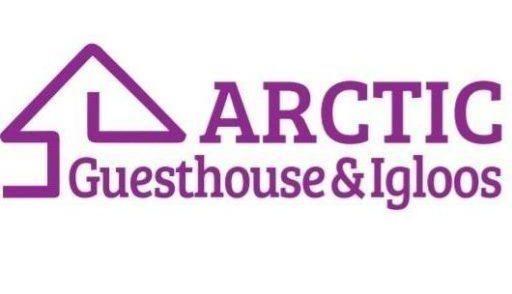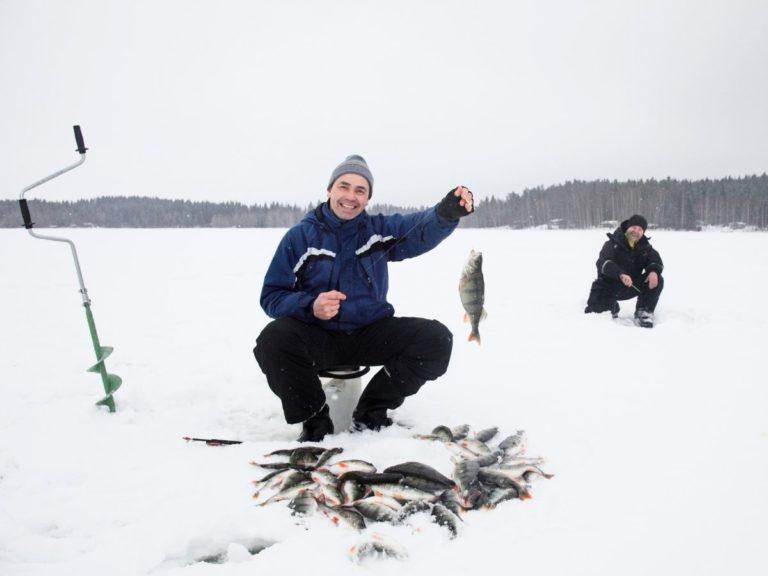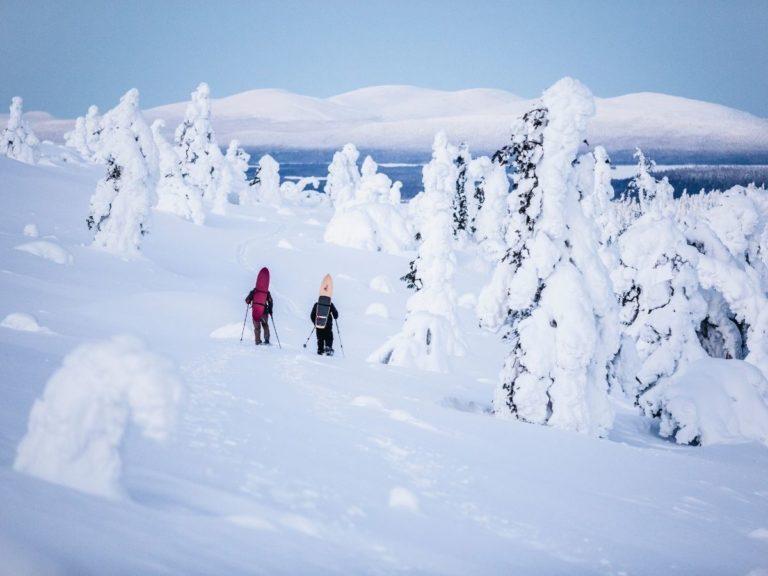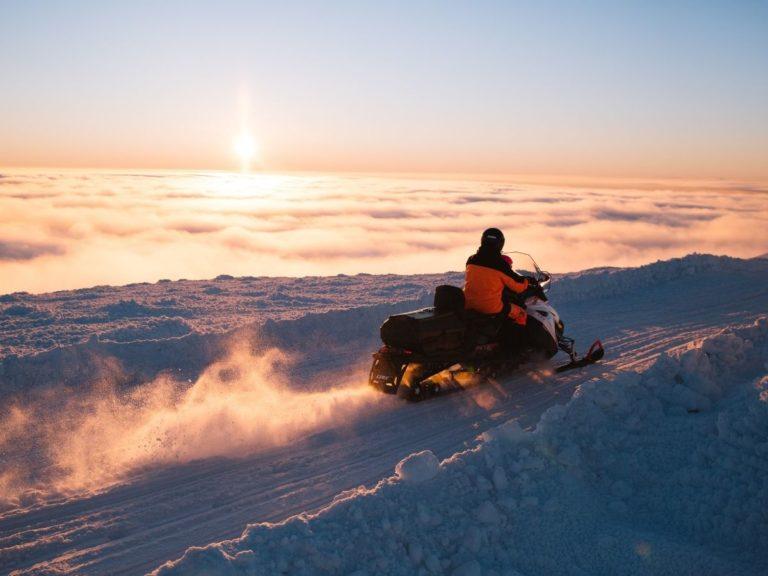Table of contents
The golden decade of Ranua's travel industry
The 1980s was a time of wild advancement for Ranua’s tourism and travel industry. Ranua Zoo, founded in 1983, had laid the foundations for a tourist, and a continuation of this rather courageous act was sought at the end of the decade, when a passenger submarine was brought to Lake Simojärvi in 1988, accompanied by a great uproar.
The implementation of the bold idea began in late 1986, when Ranua recruited shareholders for the submarine company. The purpose of Europe’s first tourist submarine was to take tourists to explore the underwater life of Lake Simojärvi. Wärtsilä‘s subsidiary Laivateollisuus Oy in Turku was responsible for the construction of the ship called the Golden Trout.
How it all began?
The story of the Ranua submarine business began when the then business representative of the municipality of Ranua, Jouko Hernetkoski, noticed a small one-chapter story in the people of Lapland in the autumn of 1986 about the passenger submarines being constructed in Turku. Hernetkoski cut the story from the newspaper and the rest is history.
“We were then thinking about tourism and employment issues so that we could get more activity for Ranua,” Hernetkoski recalled in a story in Kaleva a few years ago.
The purpose of the submarine was to increase the attraction already created by Ranua Zoo and to take the tourism of the small southern Lapland community to a whole new level.
Just a couple of months later, a company called Suomen Sukellusvenematkat Oy (Finnish Submarine Trips) was founded in Ranua. Almost all of the company’s shareholders were found in Ranua on their own. Juha Airas was appointed the company’s CEO. Airas also invested 200 thousand Finnish marks in equity in the company’s operations.
The boat, which cost a total of 10 million marks, was ordered from Laivateollisuus Oy in January 1987, and the vessel was completed for Finnish submarine trips in the summer of 1988. When ordering the vessel, the shipyard manager had told they had received three interested calls from around the world: one from the US, one from Korea, and one from Ranua.
Ranua prepares for a tourist rush
As the idea also proceeded into practice, this meant also preparing for a tourist rush in Ranua. A submarine terminal with cafés and restaurants was built on the shores of Lake Simojärvi in Kultinsalmi. The road to Simojärvi was paved with asphalt, and a parking lot of as much as three hectares was cleared.
“The TV news followed with a stir when the submarine was brought across Finland on a large stage. The boat was thick iron and weighed 100,000 kilos, ”Hernetkoski told Kaleva.
Juha Airas, on the other hand, spoke about a study conducted by M Information Center Oy, according to which almost continuous car queues from Ranua to Kiiminki were to be expected for the first summer – for a distance of almost 150 kilometers.
“There was some kind of a mistake in that study. They were incomprehensible figures. We expected excessive results, ”Airas also said in a 2014 story to Kaleva.
The Golden Trout was an impressive sight
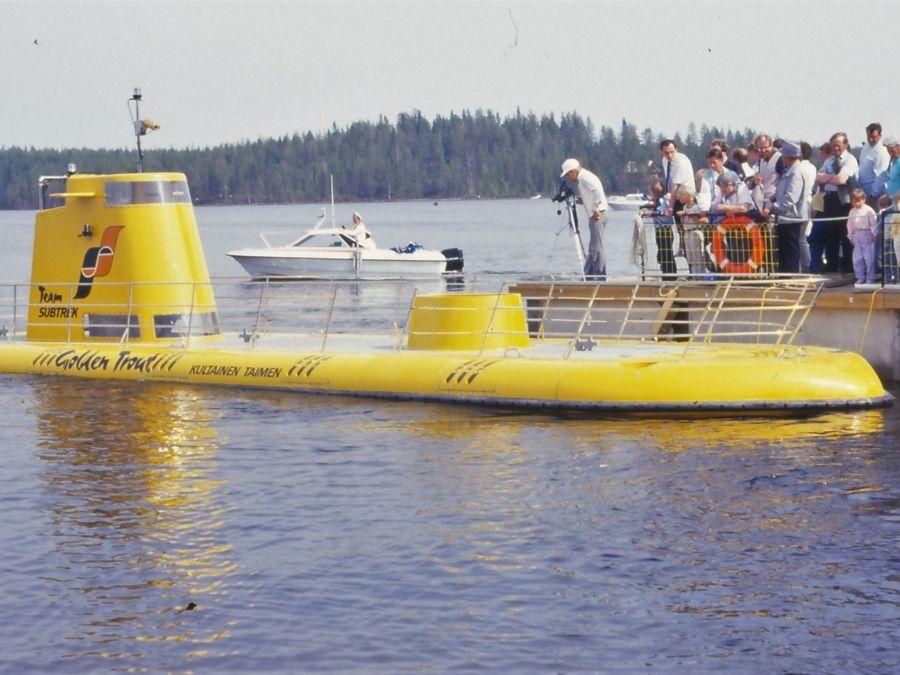
Submarine trips on Lake Simojärvi finally began as planned in May 1988. At the opening ceremony, thousands of people had gathered on the shore as the submarine “Golden Trout” waited its turn at the bottom of Lake Simojärvi.
Among other things, a sea monster was built on the site to bring excitement. It was “breathing” smoke in the water and the students of the local primary schools maintained the atmosphere with their own performances.
Finally, the yellow submarine rose from the center of the smoke to the surface, causing the audience’s jaws to snap open. Ranua’s submarine business had got off to a spectacular start.
Considering the color of the yellow submarine had been a long process. There was one black submarine known in Korea at the time, but it was perceived in some way as scary. The white submarine on the Cayman Islands, on the other hand, did not seem lively enough. Ranua, for his part, ended up with a yellow submarine in accordance with The Beatles ’“ Yellow Submarine, ”which was perceived as both a good-looking and safe solution.
World conquest in mind
The Simojärvi submarine was expected to be a world-class business, with the goal of first learning practical activities during the summer in Ranua, after which the submarine could be taken to southern waters. The intention was to expand operations to Sweden, Spain, the Bahamas and Kenya.
The submarine also received significant attention around the world, as the topic was covered by the Financial Times and Pravda, among others. Foreign magazines all the way to Japan wrote a total of hundreds of articles on the subject. The extent of the attention also surprised the owners of the business in Ranua.
The underwater world was a bitter disappointment

The nearly 20-meter-long Golden Trout dived with passengers to admire the underwater world to a depth of about 20 meters. The submarine had red-clad seating for a total of 46 passengers. Sightseeing was made through the round windows designed for this. The voyage, which lasted less than an hour and lasted about a kilometer, was carried out with the help of the submarine’s electric motors.
In the late 1980s, Jacques Cousteau‘s exciting programs about diving in fascinating waters were shown on television, and this, in turn, fueled Finns’ expectations of getting aboard a submarine. A submarine trip in Simojärvi cost two hundred marks for an adult and a hundred for a child. Several booked and paid for the trip well in advance of the previous winter.
However, high expectations were followed by bitter disappointment. In the yellowish-colored water, one could see at most only about five meters away, and the field of vision was filled with mud, sand, and rocks, sometimes some fish such as vendace, burbot, and pike could also be seen from the submarine.
For tourists who came to Ranua with high expectations, the “experience” on board the submarine caused a huge disappointment and this was also reflected in the feedback received from customers. Negative feedback from people was also seen in the summer workers in the submarine business, none of whom wanted to return to work at the service counter for another summer.
“We had promised an adventure, and that in Simojärvi you can see everything that can be seen in Finnish lakes,” Airas reminded Kaleva in 2014.
A momentary tourism spike in Ranua
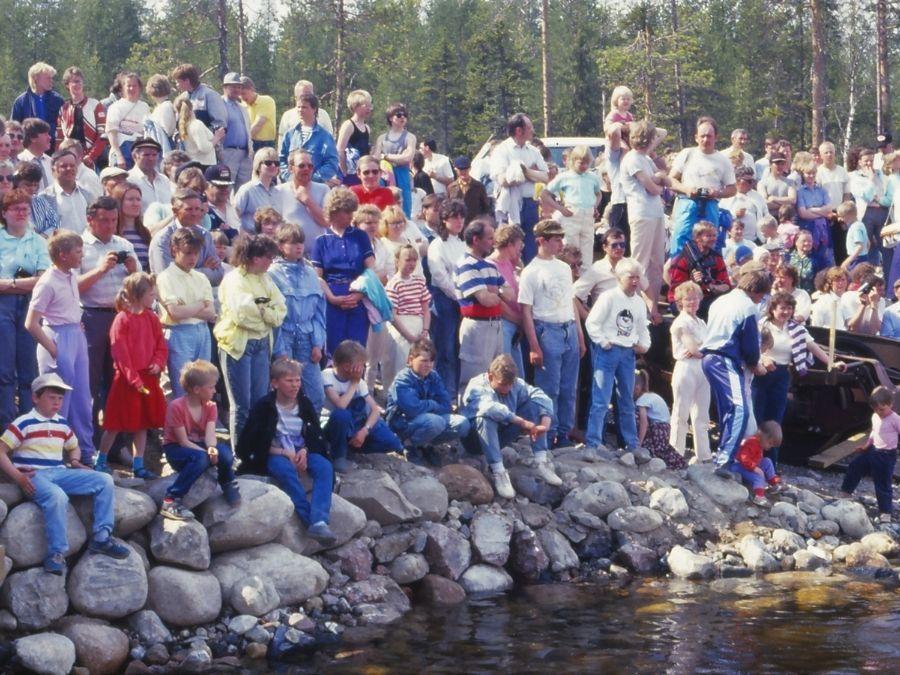
On the first submarine summer in Ranua, about 10,000 people visited the vessel for a dive. About 90,000 people visited the harbor area. There were also other programs and activities built around the submarine business. During Midsummer, a whole bull was roasted in Simojärvi, and the fighter of the Defense Forces flew in the sky, presenting a skill flight.
The travel business in Ranua was benefiting in general from the submarine. In the summer of 1988, visitor records were broken at Ranua Zoo, which have only been successfully passed thanks to polar bear cubs born in the 2010s.
In the village’s accommodation establishments, on the other hand, the accommodation capacity was clearly increased.
The Golden Salmon replaces Golden Trout
Worldwide, the Ranua submarine company operated under the name Subtrek and, according to its original plans, the Golden Trout journey continued after the first summer to Sweden and from there to Spain for the winter. A new submarine called the Golden Salmon was bought for Ranua for FIM 12 million.
However, the submarine’s trip to Sweden did not go smoothly. In 1989, there was quite a stir in Sweden about Soviet submarines being searched in coastal waters. One submarine that stranded was also managed to be found.
At the same time, the marketing partner of the Ranua submarine company put up front-page advertisements in both Expressen and Aftonbladet inviting people to see a real submarine in Ranua. In Sweden, this announcement was received hostilely and the ads were perceived as mocking the Swedes.
The submarine was transferred to Sweden aboard the Estonia – which at that time was still called Viking Sally. Estonia was at that time the only ship that could actually fit the Golden Trout through its front gate.
Upon arrival in Sweden, the transport company was surrounded by the Swedish navy, customs and police and the ship was confiscated. The golden trout eventually had to pay a customs duty of SEK 300,000, which, however, was later refunded as the levy was not based on any law.
In Sweden, Golden Trout operated in Stockholm’s vicinity, carrying a total of about 10,000 customers.
In Spain, too, the submarine from a neighbor in the Soviet Union was viewed with suspicion, and the actual start of operations had to wait for months before the opposition dissipated.
The second submarine summer in Ranua, on the other hand, received much calmer reception than its predecessor, because at this point the people already knew what to expect.
The previous summer, Juha Airas had planted 700 rainbow trout in his distress in Simojärvi to improve the outlook and received a note from the authorities. Efforts were once again made to revive the cloudy diving experience in Ranua in the summer of 1989, when divers were placed in the water to wink at customers, in addition to which old boat wreck was sank in Simojärvi to enliven the views.
The Golden Salmon was sent to the world like Golden Trout after one summer in Ranua. Fortunately for the business owners, the transportation with the second vessel was much easier than with Golden Trout.
The end of the Ranua submarine business
The journey of the submarine business in Ranua was completed as quickly as the whole thing had begun. In 1990, there was no diving at all in Ranua, and in 1991 a small submarine swam in Simojärvi before Suomen Sukellusvenematkat Oy filed for bankruptcy.
Part of the fate of the submarine business goes to the pinnacle of a lack of expertise. The implementation of the ambitious idea had not been well thought out and Ranua was overconfident that the business would generate money automatically. However, the biggest problem was not caused by lake Simojärvi, but the economic crisis that erupted in the world at just the wrong time.
In 2014, Airas told Kaleva that one night changed everything. After the Finnish mark devalued, foreign loans became expensive and there was no preparation for it. Interest suddenly had to pay more than 20 percent. According to Airas, he had guarantee debts of FIM 15 million. The company had a total debt of FIM 40 million.
Airas himself believes that with more careful preparation and without the recession of the early 1990s, the business would certainly have been successful.
The submarines ended up in the Canaries

Submarines familiar from Ranua carried passengers successfully for years in Canary Islands waters – eventually sold to Spanish companies.
In Spanish waters, the visibility from submarines could be 50 meters and it was possible to see e.g. sharks, sea turtles and schools of tuna, not forgetting the abundant vegetation of the seabed.
Another of the vessels, the Golden Salmon, is reportedly still in the port of Puerto de Mogan in Gran Canaria – landed and having seen its best days. Golden Trout, in turn, is reportedly still in tourist use in Los Cristianos, Tenerife. For my part, I have no information about the fate of the anonymous third ship.
What is there to see about the submarine business in Ranua these days?

According to Vesa Mäkinen, a journalist originally from Ranua, who has created a career in the world, Ranua is still known all over the world for its submarines. In many countries, especially outside Europe, Ranua is better known for its submarines than for the Ranua Zoo, which is still in operation.
In Simojärvi, there are no longer any noticeable signs of a submarine. The three-acre car park has gotten back to its wild state and is afforested. The road leading to the submarine harbor, in turn, is colored by very lukewarm guardrails that were once painted for pedestrian safety.
In the submarine port itself, the Simojärvi submarine terminal opened its doors to the public in the mid-2010s, but today it is a private area to which the public, at least, is no longer known to have access.
For those interested in Ranua submarines, I can recommend the book Submarine Adventure written by Timo Tiirola, which can be ordered from Booky’s website, for example.
More about the topic: Kaleva | Ranua’s submarine was followed by a bitter disappointment, YLE | Submarine trips
